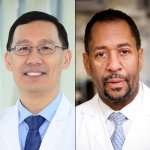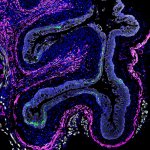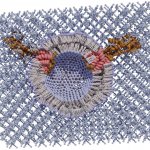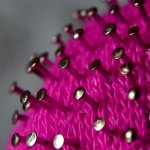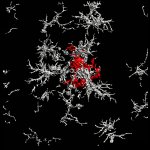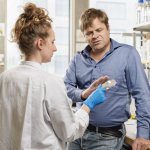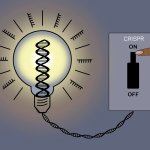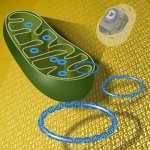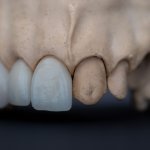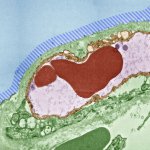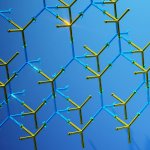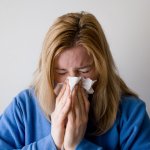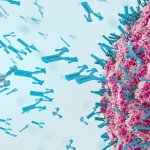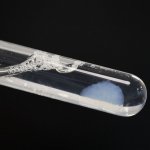
Video • Bioprinting breakthrough
3D printed mini pancreas to help fight diabetes
First you see it as a transparent shape on a computer screen – a small electronic replica of the human pancreas. Then just 30 seconds later the tissue is printed out on a bioprinter, blood vessels and all, from a sample of human stem cells. This amazing feat is possible thanks to new technology created at EPFL’s Laboratory of Applied Photonics Devices (LAPD) and further developed by…




